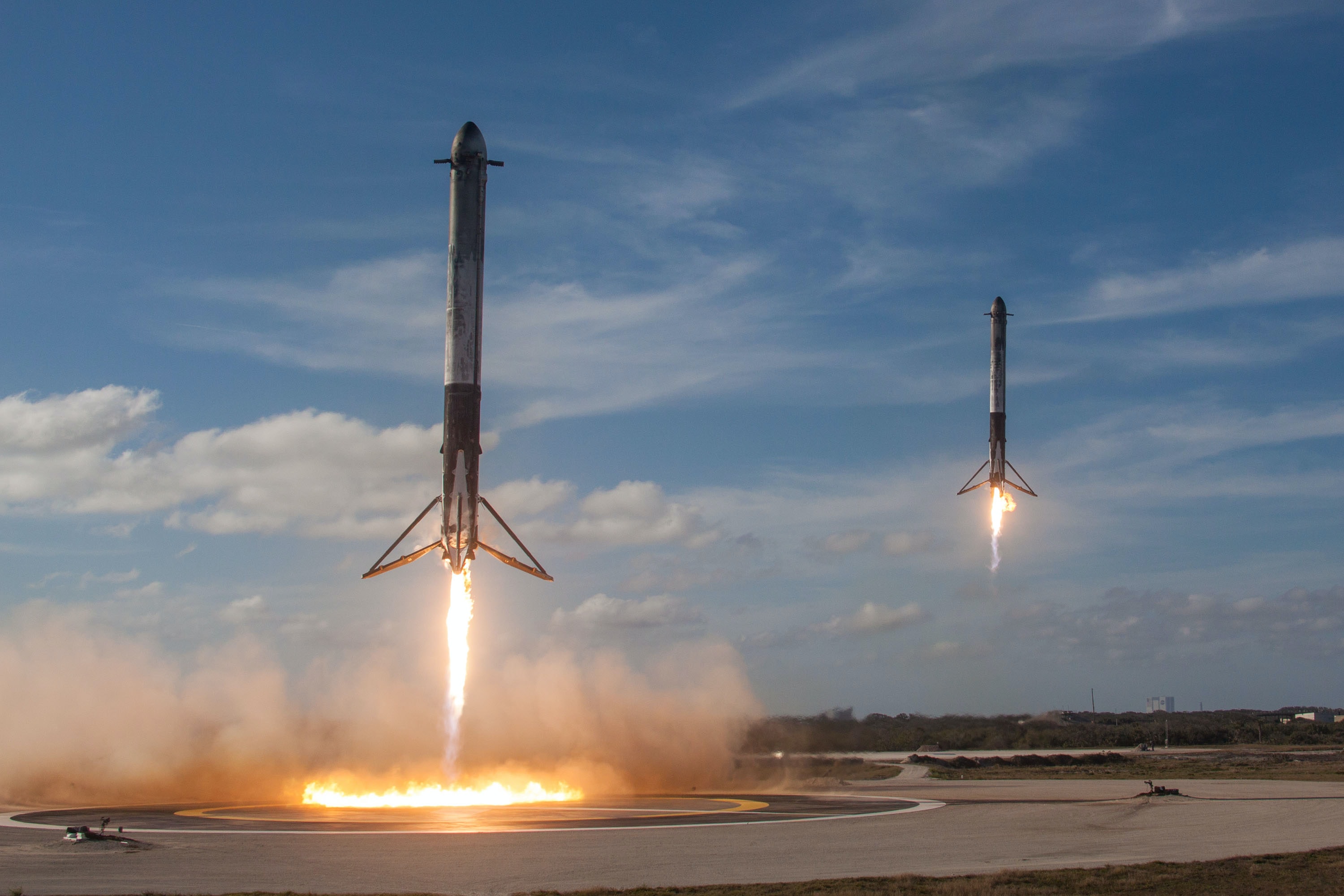Mission Complete
As seen in the launch section, we have explored what it takes to get a rocket off the ground. Landing a rocket back on Earth – all in one piece – is an enormous feat of engineering. Leaders in the industry of landing reusable rockets back on Earth have to consider a whole host of variables, some of which include conducting multiple re-entry burns to account for the rocket’s orientation and the importance of reducing velocity to an appropriate level while descending to zero.

Image Credit: SpaceX (https://unsplash.com/photos/MEW1f-yu2KI)
According to a report from the Federal Aviation Administration (FAA) titled "Returning from Space: Re-entry," one might want to consider the basic forces of drag, lift, and gravity from a pre-determined flight path when designing a vehicle to survive re-entry into Earth’s atmosphere. Other variables include size, shape, and thermal-protective systems to ensure a safe and secure landing.
Some of the techniques for resolving these issues (while using physics fundamentals) include designing and developing groundbreaking technology. You can find examples of the additional topics on the engineering challenges page. Thorough testing and scientific modeling become the foundation for ensuring that precious cargo, such as satellites are kept safe across a whole host of missions.
Watch the embedded video below to learn more about how SpaceX, one of many private spaceflight companies, have improved their landing accuracy by orders of magnitude over the last decade.
Source: Art of Engineering (https://www.youtube.com/watch?v=Wn5HxXKQOjw)